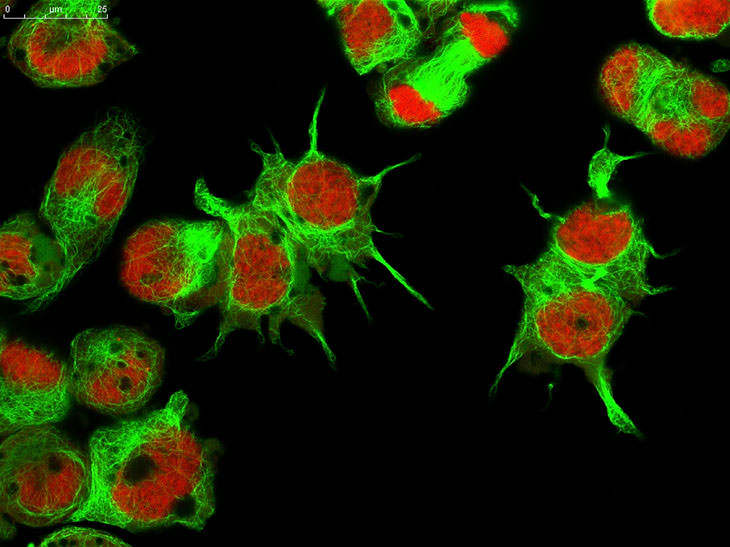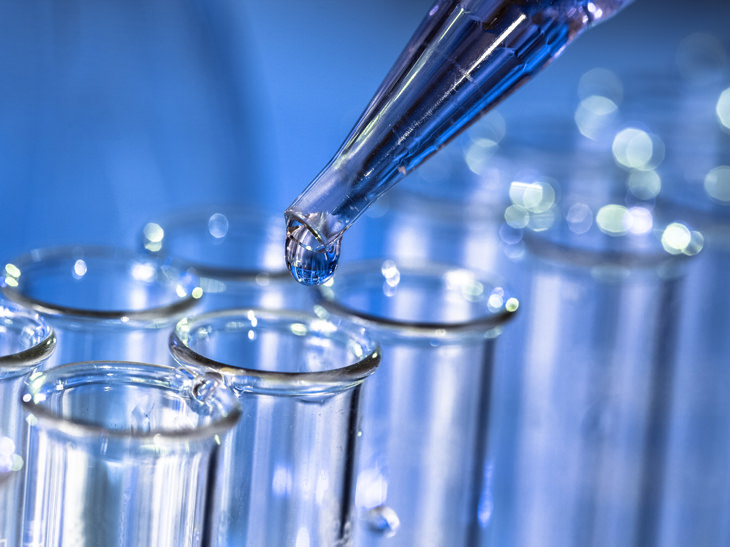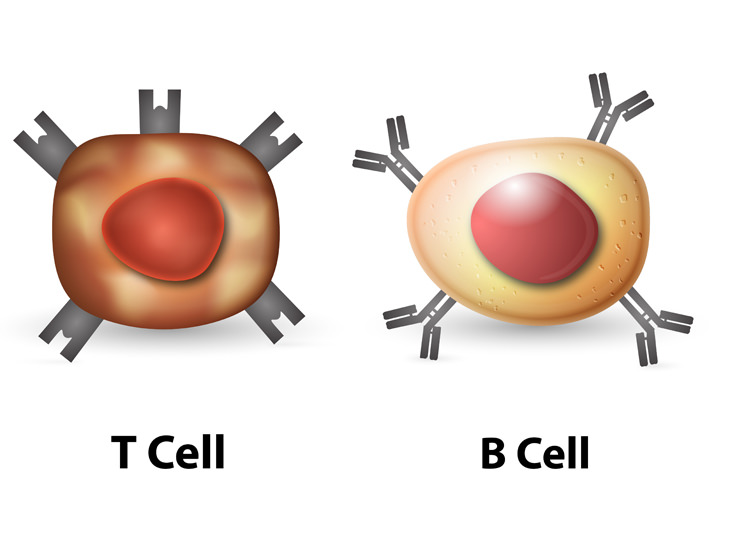The US Food and Drug Administration has just heralded a whole new era in medicine after it gave its recommendation for the first-ever treatment that makes genetic alterations to cancer patients’ cells in order to fight the debilitating disease.
Swiss pharmaceutical company Novartis’ “living drug”, as scientists are calling it, bolsters the human immune system to shut down the disease. It is likely to become the first gene therapy ever to reach the medical market.
Research and pharmaceutical companies have been competing intensely for decades to become the first to reach this milestone, and it looks like Novartis is set to become the first. It is a treatment for a type of leukemia, which is a group of cancers that begin in the bone marrow and result in high numbers of abnormal white blood cells.

Novartis is concurrently working on a similar treatment for multiple myeloma and an aggressive type of brain tumor. A separate treatment must be created for each afflicted patient, with their cells being removed at an approved medical center, frozen, shipped to Novartis for thawing and processing, frozen again and shipped back to the treatment center.
The product that emerges as a result of this process has led to long remissions and possibly cures to many patients who were facing death due to the failure of every other treatment available to them. Although studies were conducted on various types of cancer, it was recommended for the treatment of B-cell acute lymphoblastic leukemia that has relapsed in children and young adults aged 3 to 25.
Emily Whitehead, a 12-year-old American girl, was the first child ever to be given the altered cells, which ended up saving her life. When she was just six, she was treated as part of a study at the Children’s Hospital of Philadelphia. She experienced severe side effects, namely raging fever, crashing blood pressure and lung congestion. She nearly died, but the treatment saw her become cancer-free, and she remains so to this day.

The main evidence that Novartis provided in order for its new treatment to get an FDA recommendation was a study that was conducted using 63 patients between April 2015 and August 2016. Some 52 of the patients, equating to 82.5% of the total, went into remission. That’s a remarkably high rate for such a severe disease.
The next step in the treatment’s development is to establish other treatments that it can be combined with, as well as whether there is a way to use it in the future to treat patients with lesser diseases. This would allow the immune system to be in better shape to fight the disease.
Although the lifesaving potential of the new treatment has not been questioned, there are still concerns over potentially life-threatening side effects, namely short-term worries about patients having an acute reaction to it, just as Emily Whitehead experienced, and long-term worries about the infused cells causing secondary cancers or other health problems.

Thankfully, oncologists have learned how to treat an acute reaction to the treatment in the event that it occurs, and no long-term problems have been detected so far. With that being said, not enough time has passed in order for them to be ruled out just yet.
Patients receiving the treatment will be entered in a registry and tracked for 15 years.
Biologics, or treatments involving live cells, are more complicated to manufacture than regular drugs, so there are also questions over whether Novartis will be able to make consistent treatments and maintain quality control when production is scaled up.

Use of the treatment will not be widespread at first, and this is because the particular disease that it was designed to treat is not particularly common. It affects 5,000 people per year, with 60% of them being children and young adults. Although most child patients are cured with standard treatments, in some 15% of cases, such as Emily’s, the disease doesn’t respond, or relapses.
It’s predicted that the individualized treatments will cost in the $300,000 region, but a Novartis spokeswoman declined to specify the price when asked. Despite the figure seeming high at first glance, cancer patients can often end up spending more than that due to expensive treatment costs and extended hospital stays.
Novartis will initially limit the treatment’s distribution to just 30 or 35 centers in the US, where employees will receive specific training in order to administer it correctly. The treatment centers themselves will decide whether to receive international patients and, in the future, the pharmaceutical giant will fill for approvals in the European Union and beyond.

At the present stage, researchers are still debating which patients can safely forgo further treatment, and which others might require a bone marrow transplant to give them the best chance of being cured.
Millions of a patient’s T-cells are removed as part of the treatment. T-cells are a type of white blood cell often referred to as the soldiers of the human immune system. When the T-cells are removed, they are genetically engineered with a disabled form of HIV to carry new genetic material. The effect that this has is to reprogram the T-cells, a process that turbocharges them to attack B-cells. The latter are a normal part of the immune system that turn malignant when leukemia arises.
Altered T-cells are then dripped back into the patient’s veins, where they multiply and begin to fight the cancer. One of the lead researchers at the University of Pennsylvania, where the treatment was developed, said that the genetically-engineered T-cells were like “serial killers” toward malignant cells, with a single one of them being able to destroy up to 100,000 cancer cells.

A downside to using this method is that it’s both malignant and healthy B-cells that get destroyed, so patients receive an infusion of immune globulins every few months in order to protect them from infection.
Sadly, that isn’t as simple as it sounds. In some cases, the process of reengineering the T-cells can take up to four months, and some patients were so sick that they died before their cells were ready. Novartis has said that it has managed to reduce the T-cell turnaround time to just 22 days. Other safety measures such as barcoding are being employed to prevent samples from being mixed up when the treatment is conducted on a larger scale.
In spite of this kind of treatment being in its infancy, the fact that it can be done has been established, so it’s only a matter of time before more companies begin to develop these kind of gene therapy treatments.
Content source: The New York Times
Images (including cover) by Deposit Photos.
 Go to BabaMail
Go to BabaMail




























































